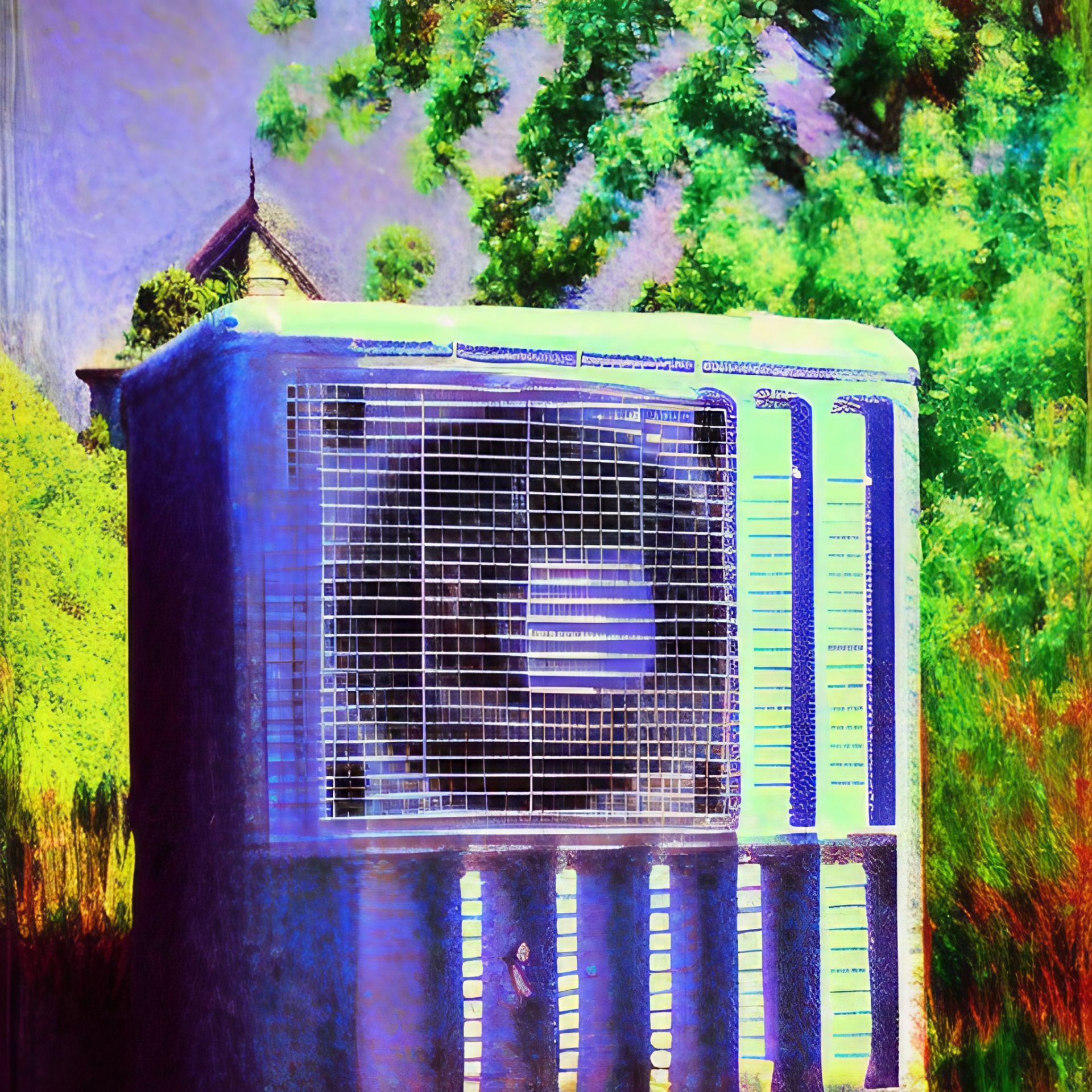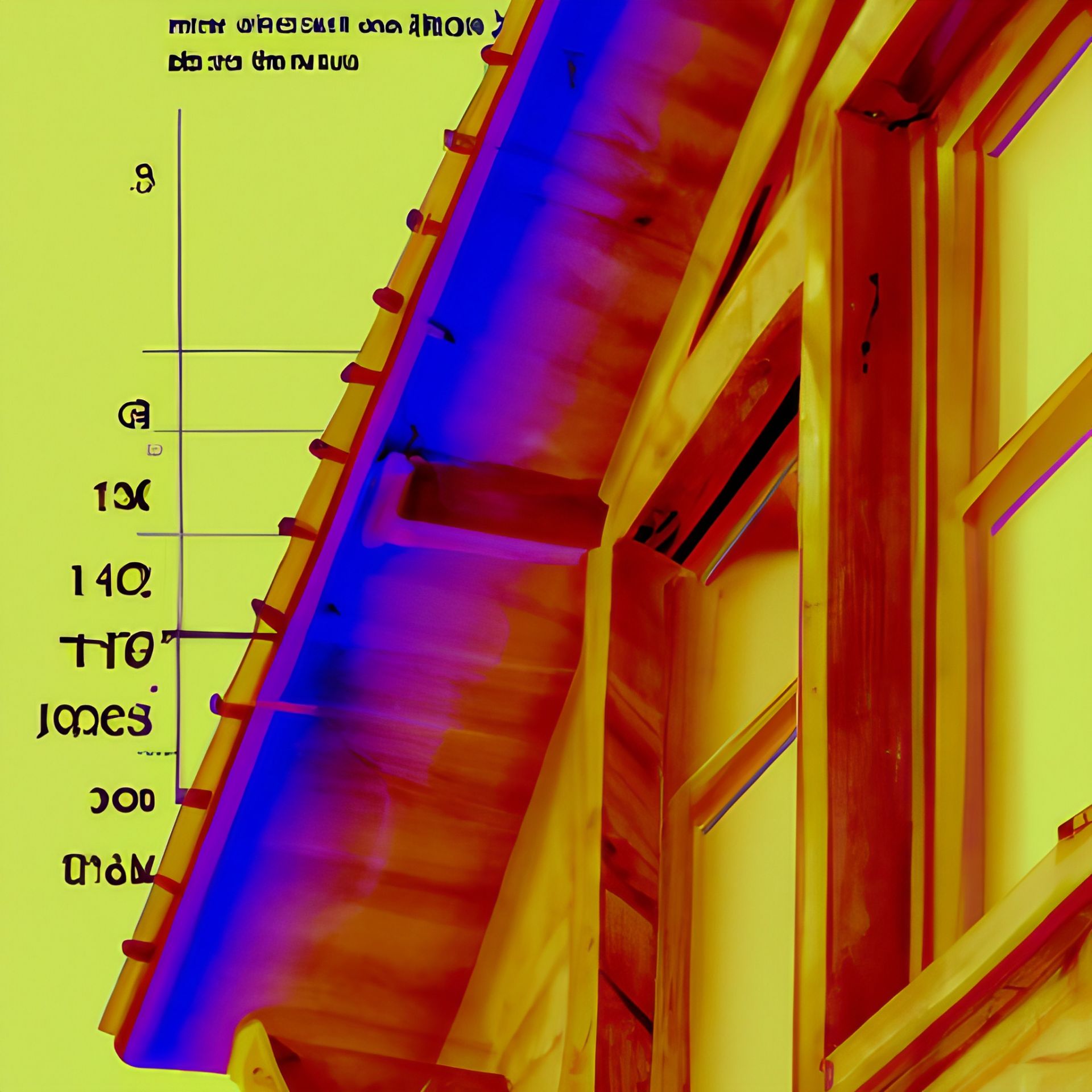What does it mean when a house is energy star certified?
This is a subtitle for your new post
What does it mean when a house is energy star certified?
When a house is Energy Star certified, it means that the home has been built to meet strict energy efficiency guidelines set by the U.S. Environmental Protection Agency (EPA). To qualify for an Energy Star rating, a home must be approximately 30-50 percent more energy efficient than the average home built per local building codes, resulting in significantly lower utility bills and reduced greenhouse gas emissions.
An Energy Star certified home uses state-of-the-art products and construction techniques to increase comfort and durability while maximizing energy savings and protecting the environment. Examples of products used by builders may include advanced windows that help keep heat in during the winter months, high-efficiency heating and cooling systems, LED lighting, water conserving fixtures and appliances like refrigerators with low standby energy use. The construction techniques used can also reduce air leakage through walls, roofs, doors and windows which helps minimize drafts and excess moisture while reducing heating and cooling costs.
Being Energy Star certified not only benefits homeowners with lower utility bills but can also be beneficial in other ways such as improved indoor air quality from improved ventilation systems or better insulation which affects overall comfort. In addition to potential financial incentives from local utilities companies for an Energy Star certification, many states offer tax breaks for homeowners who invest in energy efficiency upgrades throughout their home which can ultimately save them hundreds of dollars each year in energy costs.









